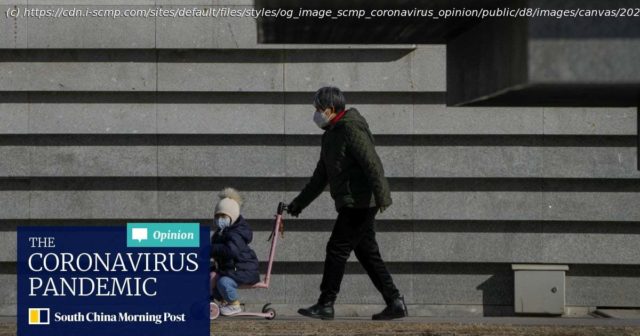As most developed economies learned years ago, reducing Covid-19 infection rates in high-risk populations takes self-distancing and other proactive measures. Such precautions are not an option for far too many Chinese households, though, given the elderly’s role in child care and the state of health care in rural China.
«:»Last month, China ended its “zero-Covid” policy , bringing a tumultuous end to restrictions after nearly three years. The suddenness of the move surprised nearly everyone. The process could have been much more gradual, with a slower shift from mass lockdowns to more flexible policies such as voluntary self-quarantine and social distancing. Instead, the government has effectively thrown caution to the wind . As a result, China is now having one of the worst outbreaks seen anywhere since the start of the pandemic. Hundreds of millions of people have been infected in the space of just a few weeks, and many experts now expect the death toll to exceed a million . Social media is being flooded with harrowing accounts of personal loss and images of overwhelmed hospitals. While the exact infection and mortality figures are unclear, the big picture is undeniable: the Chinese people are fighting to survive. The situation is reminiscent of what many other countries experienced in the first weeks of the pandemic. But unlike in most developed economies, key features of China’s social and economic structure make it especially difficult for ordinary households to grapple with the virus. Reducing infection rates in high-risk populations, for example, requires self-distancing. This is why the elderly in advanced economies have voluntarily reduced interactions with their children and grandchildren. But China’s elderly cannot self-isolate so easily because many are their grandchildren’s primary carers. In 2013, the Shanghai Municipal Population and Family Planning Commission reported that 90 per cent of the city’s young children were being cared for by at least one grandparent. The rates are lower in other cities but still much higher than in the United States.






